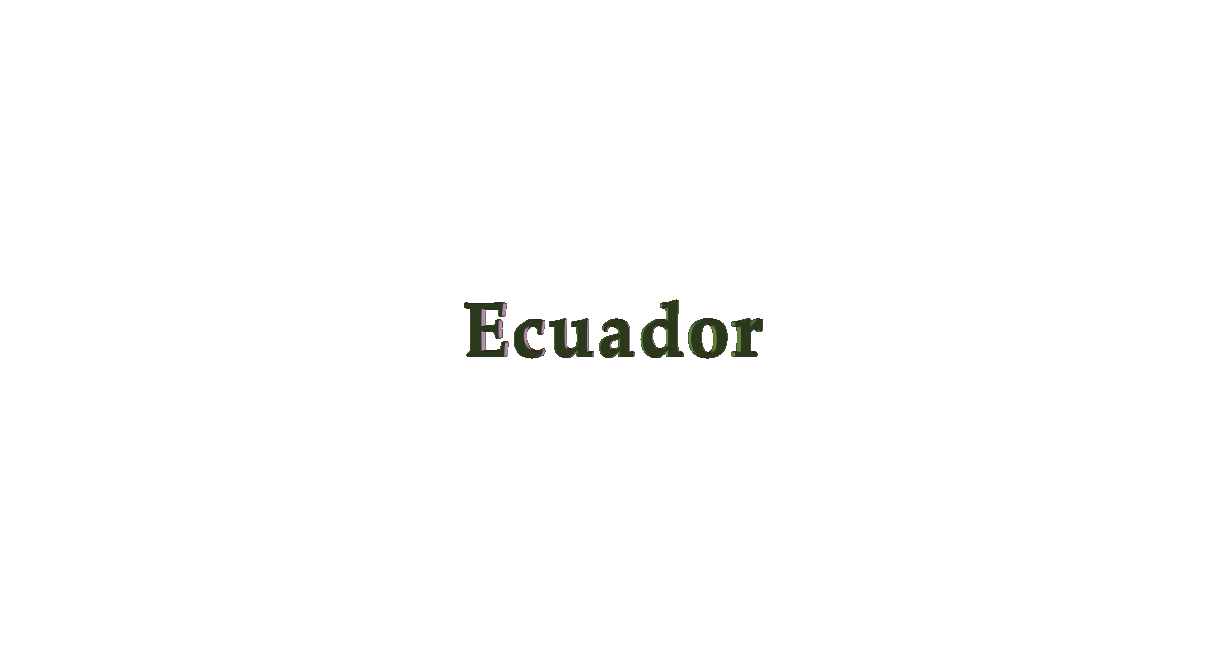


Amazonian Country Located at he heart of the Equatorial Line

©1996 el-ecuador.com - All rights reserved. - This Web site was created and maintained by: Fernando Silva
This site was last updated on: August, 2, 2022

Regions
Coast
To the west of the Andes Mountains, Ecuador has an area crossed by a small mountain range and the flat plains. This extension shares three main types of ecosystems. To the north, lush, humid rainforest due to the warm and humid El Niño Current (Panama Current) that flows south along the northern part of the coast. To the center and southwest of the tropical savannas and to the west and south of the peninsula the dry forest, this is due to the cold and dry Humboldt current that flows northward along the southern coast of Ecuador.Sierra
In Ecuador, the Cordillera de los Andes or Cordillera is dominated by a series of towering volcanoes and highland valleys, reaching almost 18,000 feet (6000 meters). Cotopaxi is the second highest volcano in the world and Chimborazo is the highest mountain in Ecuador. People from all over the world who have never been to Ecuador often think that this country is a land of smoky jungles along the Equator. Quito, the capital of Ecuador, is located at an elevation of 9,350 feet and holds the record as the highest capital city in the world.Oriente o Amazon Rainforest
The Amazon Rainforest compiles National Parks and indigenous areas, one of these parks is the Yasuní National Park and offers one of the ecosystems with the greatest biodiversity in the world. Under the surface of this Park are reserves of crude oil and natural gas. Here you will find the best fauna, home to a record number of species such as birds, frogs, fish, carnivores such as jaguars and insects among other species. The Amazon is home to many indigenous tribes, who have lived here for centuries. Unfortunately, many groups have been displaced from their territories due to oil expansion and the deforestation of the jungle.Insularor or Galápagos Islands
The Galapagos archipelago is located 1,000 km off the coast of Ecuador and is home to a large number of endemic species. Isolated from the continent for millions of years, they were discovered by the Spanish Fray Tómas de Berlanga on March 10, 1535. It is here that animals do not have an instinctive fear of humans that Charles Darwin arrived on September 15, 1835 and began his observations and then developed his theories of evolution.


























